PT Inspection utilizes the property of capillary action to find surface breaking discontinuities in a variety of materials.
PT Inspection utilizes the property of capillary action to find surface breaking discontinuities in a variety of materials. It is one of the most economical NDT methods. A (penetrant) is applied to the surface of a test piece. Liquid Penetrant Inspection uses this capillary action to allow the penetrant to enter into fissures and voids that are open to the surface. After a dwelling time, the excess penetrant is removed, any remaining penetrant in the voids will flow back out exposing the indication. There are a variety of techniques included in liquid penetrant testing available depending on the type of NDT inspection and the kind of flaws a technician is aiming to find.
This course covers the principles of Liquid Penetrant Testing and prepares a candidate to
This course will combine presentations with interactive practical exercises, supported by video materials, activities and case studies.
This course contains Level 1 and 2 material and covers the theories and practices involved with liquid penetrant inspection. Equipment, light meters, code & procedure reference, types, forms, and methods are discussed.
Purpose of Liquid Penetrant Testing /Physical Principles /Wetting Ability and Contact Angle/ Capillary Action/Viscosity/Reversed Capillary Action/ Types of Dye: Type I (Fluorescent) and Type II (Visible)/Methods of Removal of excess Penetrant including Water Washable, Emulsifiers and Solvent Removable.
BASIC STEPS
Method A – Water Washable
Method B – Lipophilic Emulsifier
Method C – Solvent Removable
Method D – Hydrophilic Emulsifier
Choice of Cleaning Method / Different Cleaning Methods including Detergent, Solvent, Alkaline, Steam, Selection of Penetrant Materials
Application of Penetrant/ Standard Temperature Limits/Dwell time
PRACTICAL TRAINING
Test on Flawed Samples Visible

5850 USD
Paris - France
5 Days
20th October 2024
Click to Check PDF


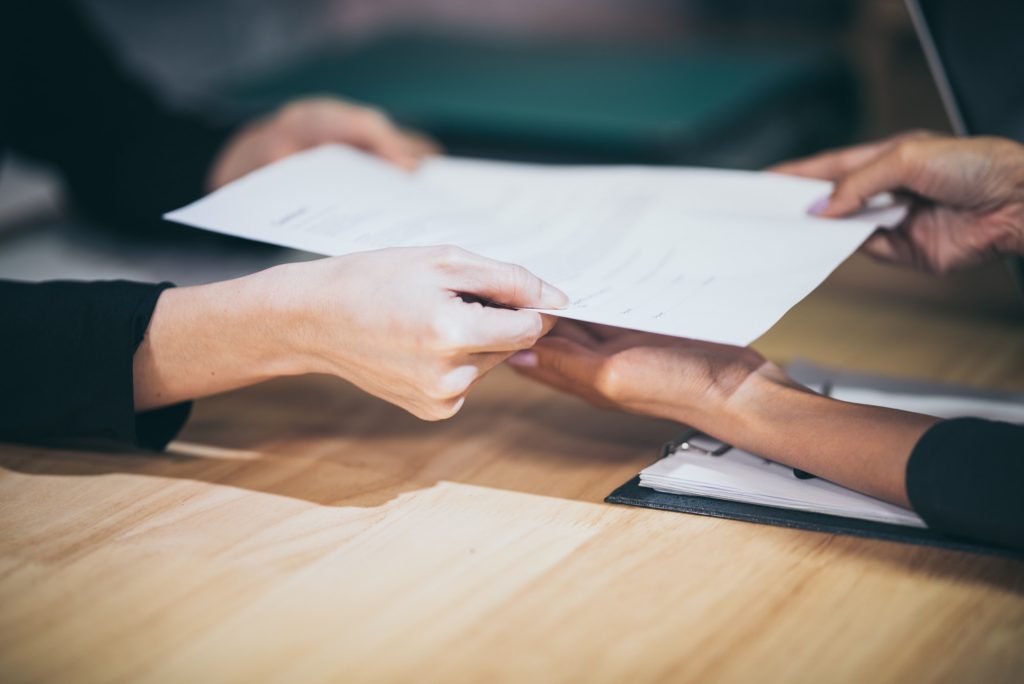
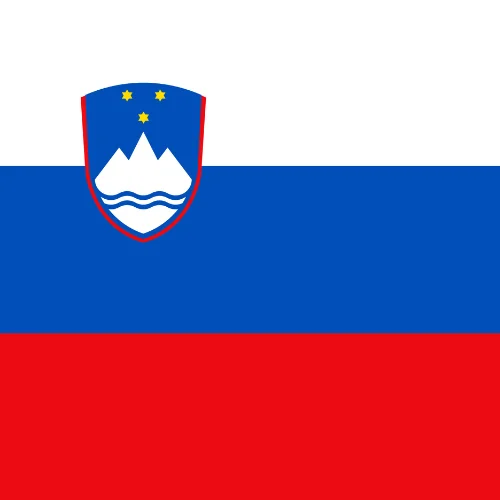
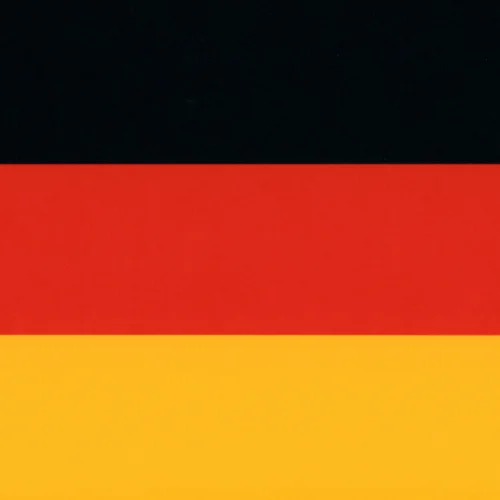
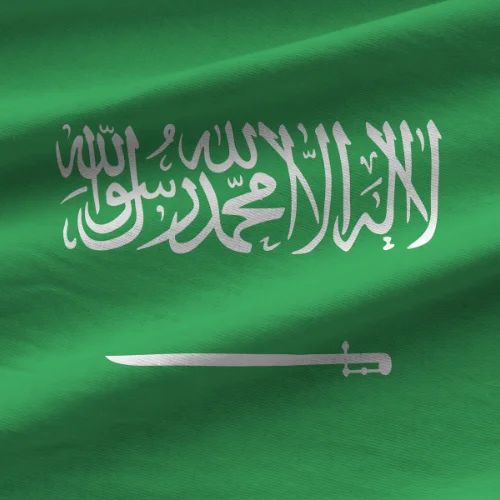



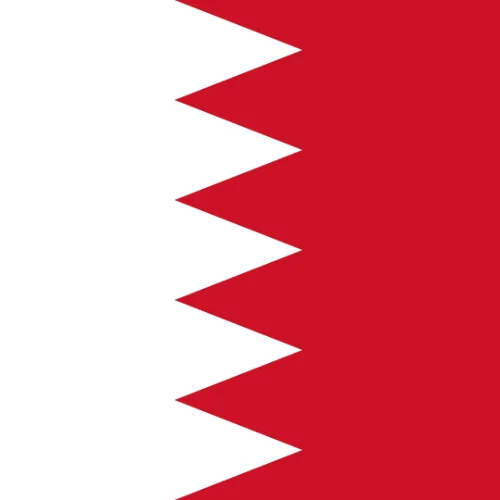
WhatsApp us